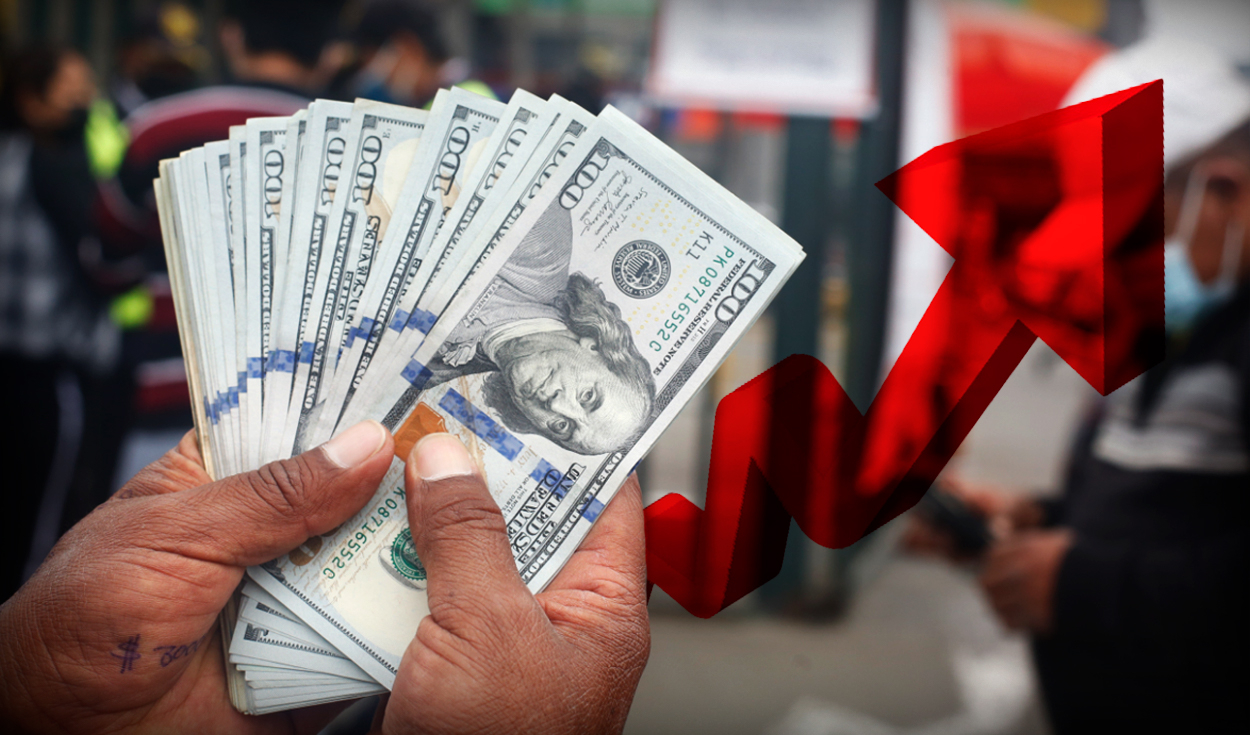
Since Tuesday, September 19, the dollar has closed higher, accumulating six consecutive increases. This way, It is close to passing the barrier of S/3.80, a price that has not been observed since March 2023, according to the registry of the Central Reserve Bank (BCRP). So far this year, the currency has a variation of -0.55%.
This Wednesday, September 27, most Latin American currencies recorded losses in the early hours of the day, according to a Reuters report. The Brazilian real depreciated 0.61%, to 5.0191 units per dollar; In Argentina, the peso was quoted at 350.10 per dollar in a price set by the central bank.
The Chilean peso marked the exception and rose 0.30%, to 902.10/902.40 per dollar. The Colombian peso fell 0.68% to 4,095.11 units per dollar, in its fifth consecutive day of decline; while the Peruvian currency, the sol, depreciated 0.08% to S/3.7820/S/3.7890 units per dollar.
What are the reasons behind the rise of the dollar?
On the global scene, the dollar has been progressively strengthening due to solid economic data from the United States. Added to this is the global wave of risk aversion due to fears for the health of the Chinese economy and also affected by the devaluation of most Latin American currencies, which have contributed to the dollar is recovering after its fall in the first quarter of the 2023 period, according to the Center for Business Studies of the Cusco Chamber of Commerce.
“Resilient US growth has fueled a rally in the dollar in recent weeks, although it will likely be tested by a series of data and the Federal Reserve’s interest rate decision and other exogenous factors,” said the guild.
For his part, the economist and director of Phase Consultores, Juan Carlos Odar, explained that although the depreciation of local currencies in the region is generalized, there are local factors that have put upward pressure only in Colombia and Peru. “And only in Peru do they explain more than half of the total,” he detailed.
Odar added that among the local factors that pushed a higher exchange rate are the expectation of a drop in the local reference interest rate, as well as a medium/high risk scenario due to El Niño “in a context of fiscal deficit already for above what is officially expected”.
Source: Larepublica
Alia is a professional author and journalist, working at 247 news agency. She writes on various topics from economy news to general interest pieces, providing readers with relevant and informative content. With years of experience, she brings a unique perspective and in-depth analysis to her work.











